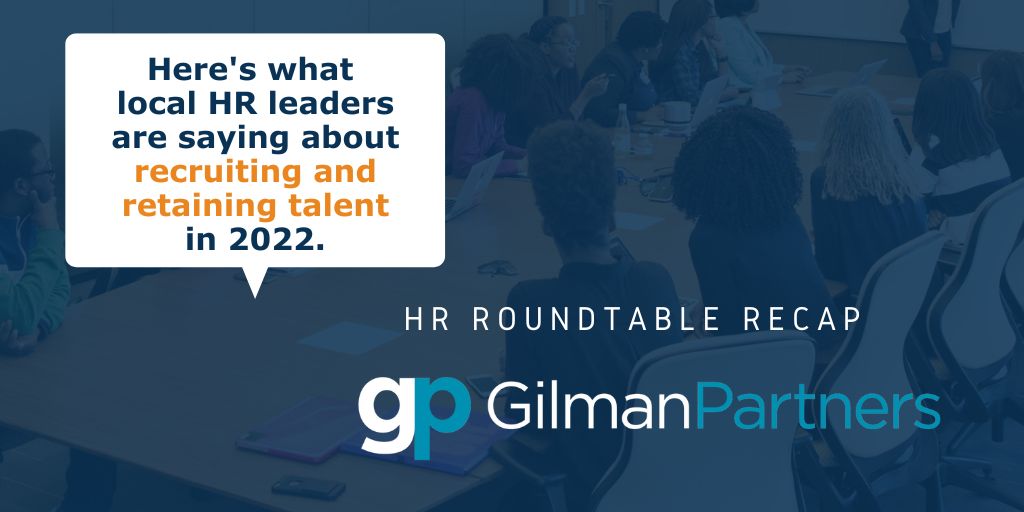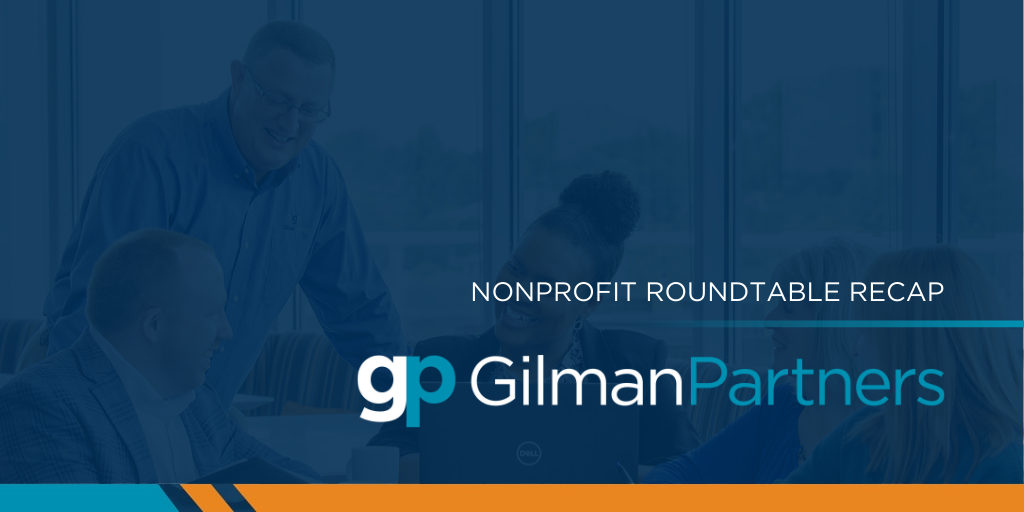Nearly 40 HR leaders from across the Greater Cincinnati region gathered virtually to talk about some of the key talent trends affecting organizations this year. We kicked off the discussion by asking the leaders to share what’s keeping them up at night and their responses largely focused on attracting and retaining talent in the current market. Here are some of the highlights from the discussion.
Recruiting Talent
- The candidate pool many employers have traditionally relied on isn’t there in this current market. As one HR leader noted, “a lot of the workers who have left aren’t coming back and they aren’t responding to calls or emails.” Some employees who are coming back are changing careers, leaving industries like social work and hospitality for those that pay more and offer greater flexibility.
- Organizations are being “ghosted” by candidates more often than in the past. After they make an offer to a candidate, many are working harder to stay in touch with the individual regularly through their start date. One HR leader said his team checks in with hired candidates to see if they have any concerns and sends texts or emails updating them on what’s happening behind the scenes in anticipation of their arrival – “Your name tag came in today!”
- Several of the roundtable participants agreed they’ve worked to shorten the hiring process so they don’t lose great candidates to other opportunities. One HR leader has been working to convince her organization’s hiring managers to consider a generalist whose skills they can develop instead of waiting many months to find a candidate with all of the necessary experience. She noted the importance of a longer orientation period for the talent hires so they don’t become frustrated by being thrown into the position before they’re ready.
- The HR leaders talked about strategies they’re using to attract new talent to their organizations including increased referral bonuses ($2,500-$5,000 was the range several noted), starting bonuses, and more focus on “selling” the organization to candidates during the recruiting process.
- One company makes it a priority to communicate with in-process candidates before the weekend so they aren’t left wondering where they stand.
Retaining Talent
- Equity remains top of mind for organizations that employ frontline workers or those with roles that cannot be as flexible as others. Some organizations are continuing to provide “exposure bonuses” – hourly wage increases or lump-sum bonuses that try to compensate for the lack of flexibility.
- A financial services organization has started closing its member center earlier to give team members more work-life balance. Interestingly, before the pandemic its in-person member center positions were in the highest demand while the organization struggled to find employees for call center roles. But since call center workers now have the opportunity to work remotely, those roles have been the first to fill and it’s become more challenging to find people to work in the member centers.
- One HR leader noted that many of the employees currently leaving her organization started during the pandemic and feel less connected to the organization as a result. Employees starting today get more individualized attention, so she’s thinking about how to re-recruit those team members who might have spent their initial months working remotely or during a time when the organization’s focus was on adapting to the shifts brought by the pandemic.
- Other strategies the HR leaders shared to increase employee retention included assigning a buddy to new employees, increasing “stay” bonuses, adding additional orientation to help employees get up to speed faster, and sending hand-written notes to remote employees to increase their engagement.
- Many of the HR leaders shared they have removed outdated workplace policies to become more employee friendly. Some of these policies include not mandating a specific color of pants employees have to purchase and removing a ban on marijuana testing for roles that don’t involve machinery or driving.
- Several organizations have added Employee Resource Groups (ERGs), with the most common groups focused on child/elder care, mental health/wellbeing, diversity/equity/inclusion, and parenting. One nonprofit HR leader shared that the feedback from her organization’s employee support group for parents directly led to a new flexible scheduling policy.
- Some companies have implemented retention bonuses as high as 15 – 20%.
- Employers are increasing their pay frequency to give workers more immediate access to their earnings. Some have moved to weekly pay, but others are now paying daily.
- One HR leader shared his organizations is providing more transparency about employees pay scales and expected timing for upcoming pay increases.




